Call us : +1 (345) 547-64342 or +1 (984) 528-9915
Syng

- June 17, 2022
- Investments, Tech
Syng
Industry
Last Valuation
Amount Raised
Major Investor
Revenue
Company Overview
Business Model
1500s, when an unknown printer took a galley of type and scrambled it to make a type specimen book. It has survived not only five centuries, but also the leap into electronic typesetting, remaining essentially unchanged. It was popularised in the 1960s with the release of Letraset sheets containing Lorem Ipsum passages, and more recently with desktop publishing software like Aldus PageMaker including versions of Lorem Ipsum



